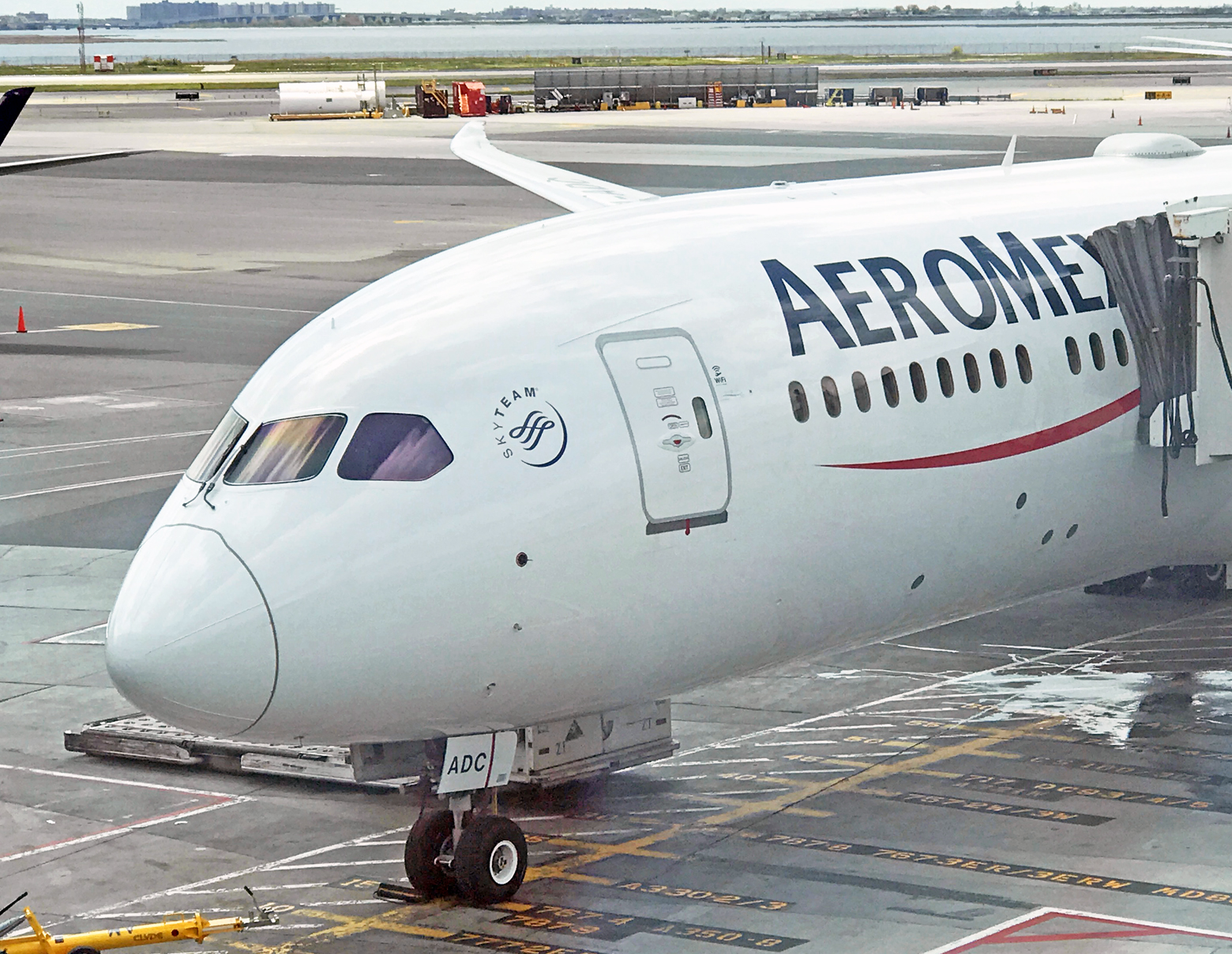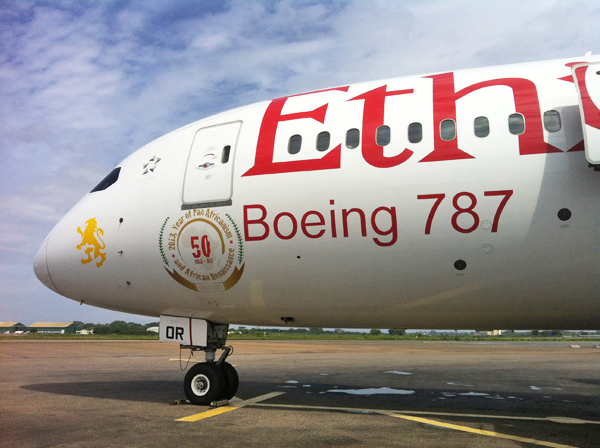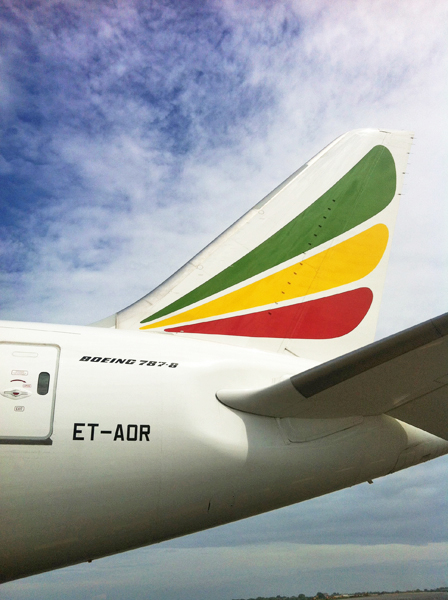It Looks Like the Future. Up Close and Personal With the 787.
UPDATE: June 14, 2017
HELP ME OUT HERE. Let’s put aside the Boeing 787’s well-publicized technical attributes (and earlier foibles) for a moment, and focus on the lines of the thing — the way it looks. I can’t decide how I feel.
Mostly, I think, I like it. If nothing else it’s got something that too many jetiners sorely lack: personality. The scourge of jetliner aesthetics nowadays is same-ness. Gone are the days when each aircraft, even those of similar sizes, had a distinct profile, and even the casual planespotter could tell a DC-10 from an L-1011, or 727 from a DC-9, from five miles away. Then you had the outliers, the really unique beauties like the Caravelle or the Concorde, or the Soviet-made Ilyushins and Tupolevs. Today, every plane looks like every other plane. There are exceptions, of course, such as the 747, which is not only distinctive, but beautiful, and the A380, which is equally distinctive for all the wrong reasons. , Mostly, though, modern planes share the same generic blueprint: two boring engines, a nondescript tail, and a nose that could be any other nose. Planes used to look sculpted. Today they look like snap-together kits of interchangeable parts.
So, kudos to the 787 for venturing outside this boring box. And, unlike the A380, it does so in a way that is, for the most part, tasteful and stylish.
We love the steeply canted wings, for example. There’s something almost organic in the way they curve and taper. As the plane takes off, they bend upward, their tips rising nearly to the roofline of the cabin. It’s amazing to watch. The jet looks nearly alive, like some great seabird lifting its wings for flight. The scalloped engine nacelles (it reduces noise) are sexy, as are the twisty-curvy blades of the engine fans.
The beauty of any plane, though, is lost or made in the nose and tail. Here the 787 gets mixed grades…
Based on other people’s comments, the nose seems to be one of those like-it-or-hate-it things. For me it works nicely. The cockpit windscreens are unusually rakish and sleek. This jumps out because we’re so accustomed to the boxy, sharp-cornered windows typically found up front — see the 737 for an example of how an ugly cockpit can handicap a plane’s profile. But in the name of aerodynamic smoothness, this is the way cockpit windows should look. It’s the nose of a bullet train, or a sports car. It evokes the Caravelle, and the Comet, relics of the distant past. Yet, at the same time, it helps the plane appear modern, even futuristic.
Plenty of people don’t like the nose — most I think they’re afraid to — but a bigger problem is the tail. It isn’t an ugly tail, exactly, but it’s awkwardly undersized, and curved at the top in a way that makes the entire plane look, well, fishy. Like a fish. A graceful fish, but not a sexy fish. A salmon, maybe, as opposed to a shark or a barracuda. That’s better than a steroidal beluga (the A380), but it’s distracting in an oddly anthropomorphic way. Also the plane is smaller and stubbier than people expect. There’s something sausage-like about it. The lengthened 787-9 variant has a sleeker and more balanced look than the standard 787-8. Ditto for the upcoming 787-10.
Overall it’s a good-looking plane, if not quite a beautiful one. If nothing else, it’s daringly distinctive, which is more than you can say about most contemporary jets. It looks strong, fast, and new. It looks like the future.
ALL PHOTOS BY THE AUTHOR
Ethiopian Airlines at Accra, Ghana
Qatar Airways at Copenhagen-Kastrup
KLM at Amsterdam-Schiphol
American Airlines at Chicago-O’Hare
AeroMexico at New York-JFK
Wing picture aboard Japan Airlines, 2012




Related Stories:
THE UGLIEST PLANES OF ALL TIME
HIGH ART: HISTORY, HYPE, AND THE WORLD’S BIGGEST PLANES











